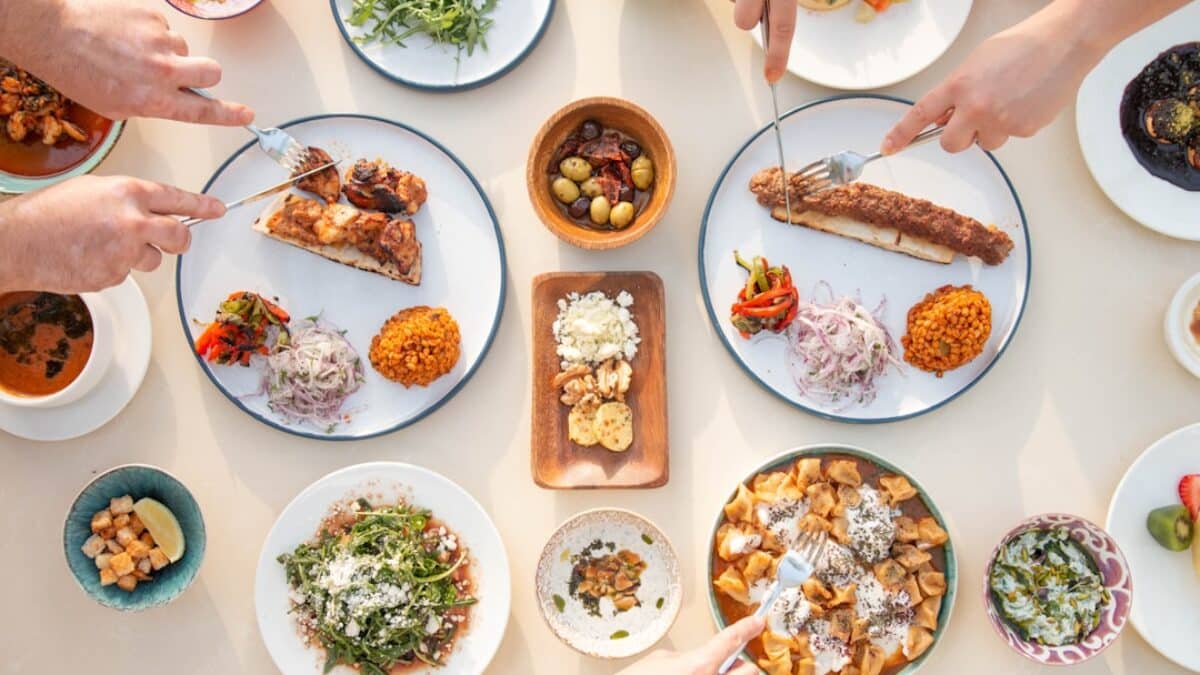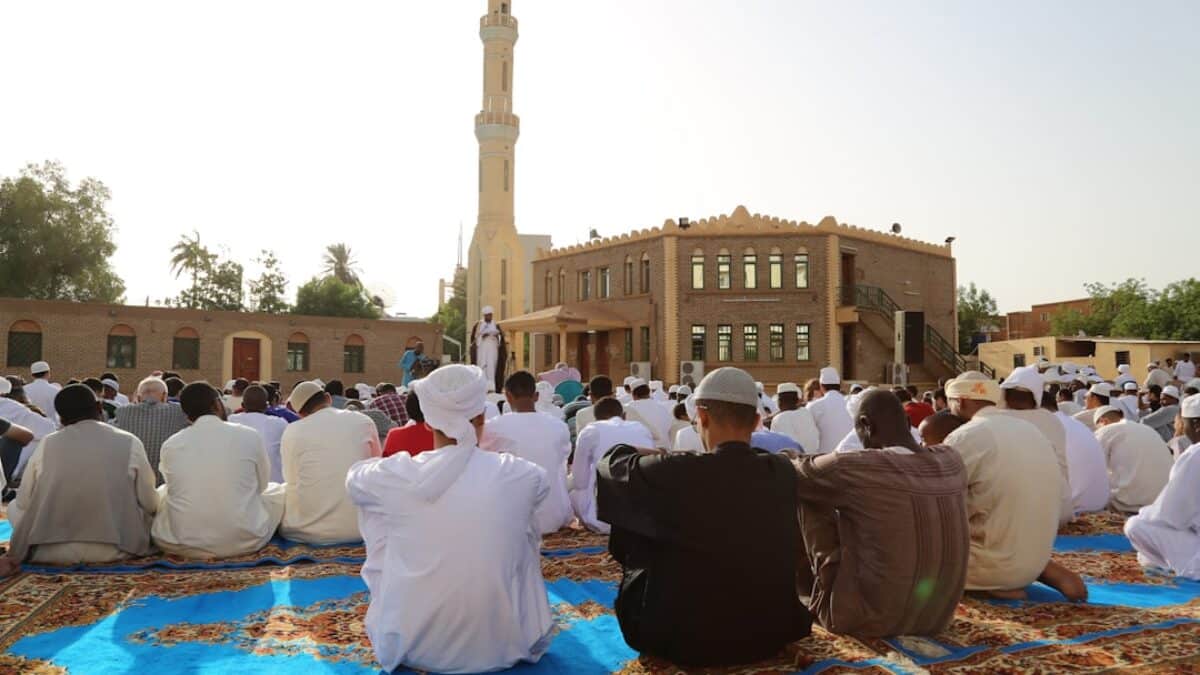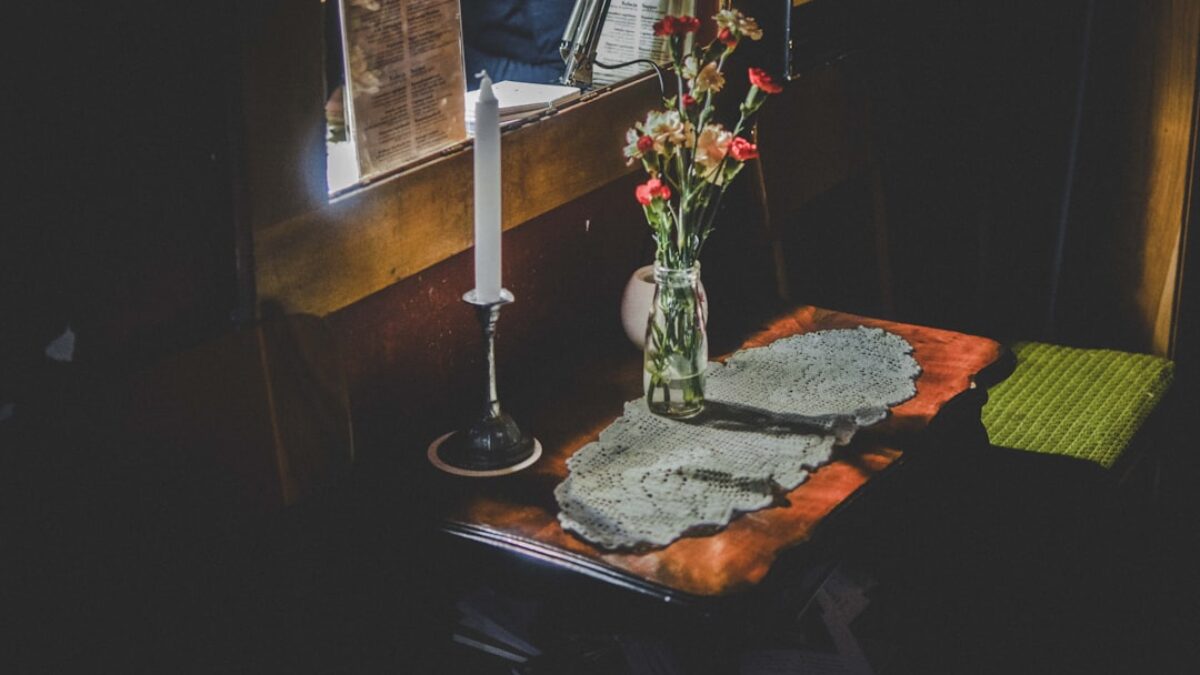The nights of Ramadan are scented with dates, prayer, and the quiet hope of collective renewal. Each year, more than 1.9 billion Muslims observe this sacred month by fasting from dawn to sunset, but its spiritual pulse is felt most vividly in one act: feeding others. A well-orchestrated Ramadan charity drive does far more than distribute meals; it knits neighbors into compassionate networks, elevates orphaned families into dignified futures, and turns ordinary mosque courtyards into engines of lasting social change. Below is a complete blueprint—rooted in Islamic tradition and modern best practices—for launching a campaign that will unite your community to feed families and transform lives.
Understanding the Ramadan Charity Drive
At its core, a Ramadan charity drive is a time-bound, goal-oriented initiative that mobilizes local resources—money, food, skills, and volunteer hours—to alleviate hunger and poverty during the month of fasting. It blends three Islamic pillars: ṣawm (fasting), ṣadaqa (voluntary charity), and zakāt (obligatory almsgiving). While the iftar (sunset meal) is the most visible component, contemporary drives also fund Eid clothing, school supplies, healthcare vouchers, micro-enterprise grants, and debt relief—all calibrated to the lunar calendar’s heightened spiritual rewards.
Spiritual Significance and Qur’anic Roots
- Surah Al-Baqarah 2:261 likens charity to “a grain that grows seven ears, each ear having a hundred grains,” underscoring exponential spiritual returns.
- Surah Al-Insā76:8-9 praises those who feed “for the love of Allah alone, desiring neither recompense nor gratitude.”
- The Prophet ﷺ said: “Whoever gives iftar to a fasting person will have a reward like his, without diminishing the fasting person’s reward in the slightest.” (Tirmidhī)
These verses and traditions transform every donated date or cooked meal into an act of worship with eternal value.
Modern Trends and Data
According to the 2025 Global Muslim Philanthropy Index, online donations spike by 312% during Ramadan, with mobile giving accounting for 67% of all transactions. Meanwhile, peer-to-peer fundraising pages double their conversion rates when tied to personal fasting stories. The lesson: blending timeless spirituality with digital strategy is no longer optional—it is essential.
Key Components of a High-Impact Ramadan Charity Drive
Think of the drive as a five-story house. Remove one floor and the structure wobbles.
1. Vision & Goal-Setting
Begin with a concise, measurable vision statement. Examples:
- “Deliver 10,000 hot iftar meals to 600 low-income households across North Minneapolis from 1–30 Ramadan.”
- “Fund 50 micro-scholarships for orphaned teens in Kuala Lumpur before Eid al-Fitr.”
Attach SMART metrics (Specific, Measurable, Achievable, Relevant, Time-bound) to track spiritual and social ROI.
2. Community Mapping & Needs Assessment
Before you fundraise, listen first.
- Partner with local social workers to survey food-insecure families.
- Compile data on dietary restrictions (diabetes, hypertension, allergies).
- Map existing soup kitchens to avoid duplication.
- Use GIS heat maps to visualise high-density need zones.
3. Funding & Resource Channels
| Channel | Pros | Cons | Best For |
|---|---|---|---|
| Mosque donation box | Immediate cash, trusted venue | Limited reach | Elderly donors |
| LaunchGood page | Global reach, zakat-eligible tickbox | Platform fee 3–5% | Young professionals |
| Corporate CSR match | Doubles funds, boosts PR | Red tape | Large employers |
| School bake sale | Kids feel ownership | Volume limits | Youth engagement |
4. Volunteer Architecture
Structure roles like a relay team:
- Captains (4–6): oversee meals, finance, marketing, logistics, volunteer care, and tech.
- Crew leaders (15–20): manage packing lines, delivery routes, data entry.
- Day-of heroes (100+): drivers, kitchen staff, greeters at mosque entrance.
Use SignUpGenius or QSignups to avoid scheduling chaos.
5. Menu Planning & Nutritional Balance
Consult with a registered dietitian to craft menus that:
- Provide 600–700 kcal per meal.
- Include complex carbs (brown rice, lentils) for sustained energy.
- Limit refined sugar to <20 g per servig.
- Offer halal-certified protein (chicken, chickpeas).
- Feature cultural staples—biryani in Hyderabad, harira in Casablanca, jollof in Lagos—to preserve dignity.
6. Packaging & Distribution
Eco-Friendly Packaging
Replace styrofoam with bagasse containers or reusable stainless-steel tiffins. Add a QR code linking to a short dua or thank-you video.
Route Optimisation
Use Routific or Google Maps API to reduce fuel costs by up to 30%. Assign “floating drivers” for last-minute address changes.
Benefits and Importance
For the Recipient Family
- Dignified nutrition: Eliminates the indignity of begging.
- Spiritual inclusion: Receiving an iftar fosters a sense of belonging in Ramadan.
- Financial relief: Savings on groceries can be redirected to school fees or debt repayment.
For the Donor Community
- Increased taqwa: Giving while fasting amplifies mindfulness of Allah.
- Social bridging: Doctors break bread with refugees; teenagers serve elders.
- Leadership pipeline: Young volunteers learn project management skills transferable to careers.
For the Broader Society
Research by the University of Warwick shows that neighbourhoods hosting regular faith-based charity events experience a 27% drop in petty crime and a 19% rise in voter registration within one year. The ripple effect is real.
Practical Applications
Case Study: “Iftar on Wheels” in East London (2025)
Goal: Deliver 5,000 meals to tower-block residents during lockdown.
Execution:
- Partnered with 12 restaurants closed due to COVID-19, paying them cook wages instead of charity grants—keeping small businesses alive.
- Used WhatsApp broadcast lists in Bengali, Somali, and English to collect orders.
- Recruited 40 Uber drivers moonlighting as volunteers; reimbursed fuel at cost.
Outcome:
- 5,347 meals delivered with 99.2% on-time accuracy.
- £42,000 injected into local restaurant economy.
- Three drivers embraced Islam after witnessing community generosity.
Step-by-Step Launch Timeline
| Week | Key Tasks | Tools & Tips |
|---|---|---|
| T-8 weeks | Needs assessment, vision statement, budget draft | Use Google Forms for surveys; Trello board for milestones |
| T-6 weeks | Secure permits, recruit core team, open bank account | Check local food-handling regulations; set up Stripe account |
| T-4 weeks | Launch fundraising campaign, design menu, lock suppliers | Canva templates for flyers; negotiate bulk halal meat prices |
| T-2 weeks | Volunteer training, finalize routes, order packaging | Zoom safety briefings; label meals with allergen stickers |
| Ramadan Day 1 | Go live, daily debriefs at 10 p.m. | Use Slack channel #iftar-updates for real-time fixes |
| Eid al-Fitr | Publish impact report, collect testimonials, celebrate | Infographics in Arabic & English; host volunteer appreciation dinner |
Digital Toolkit Checklist
- Fundraising: LaunchGood, Givebrite (zero-fee zakat), PayPal Giving Fund
- Design: Canva Ramadan templates, Unsplash halal food photos
- Communication: Mailchimp segmented lists, Telegram broadcast channels
- Volunteer Management: SignUpGenius, QSignups, Google Calendar shared slots
- Analytics: Bitly links for campaign tracking, Google Data Studio dashboards
Frequently Asked Questions
What is the best way to calculate zakāt for a Ramadan drive?
Apply the 2.5% rate on zakātable assets held for one lunar year. If your drive is the collector, request donors tick a “zakat-eligible” box and appoint a sharīʿa-compliant scholar to oversee distribution to the eight categories (fuqarāʾ, masākī, etc.). Publish a ledger within 30 days of Eid to maintain transparency.
How do we ensure food safety and hygiene during mass cooking?
- Hire a certified food safety supervisor for every 25 volunteers.
- Use HACCP checkpoints: temperature logs at cooking (≥75 °C), cooling (<5 °C withi2 hrs), ad delivery (<60 °C).
- Provide hairnets, gloves, and color-coded chopping boards—red for meat, green for veggies.
- Post QR-linked training videos in the kitchen.
Can non-Muslims participate in the drive?
Absolutely. Frame roles as humanitarian service, not religious ritual. Non-Muslims can pack boxes, deliver meals, or donate funds. Many churches and synagogues host “Fasting in Solidarity” days, deepening interfaith bonds.
How do we handle dietary restrictions (vegan, gluten-free, diabetic)?h3>
Create a color-coded label system:
- Green sticker = vegan
- Orange sticker = gluten-free
- Blue sticker = diabetic-friendly
Collect data during registration and batch-cook separately. Budget an extra 8–10% for specialty ingredients.
What are creative ways to keep donors engaged after Ramadan?
Send a 360° video
























Post Comment